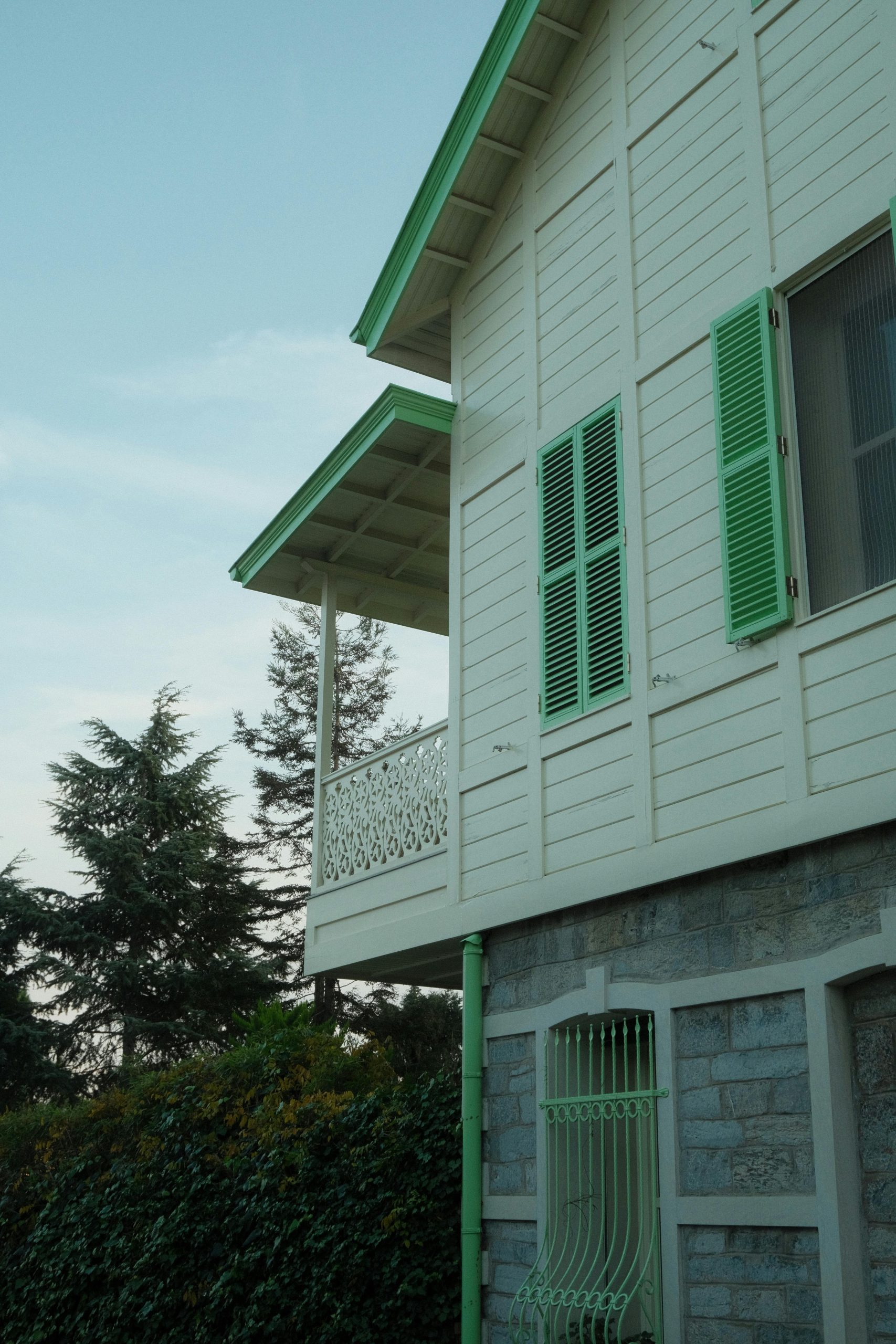Subrogation Deductible Inquiry
I recently had some siding on my house damaged by a neighbor’s tree. The insurance adjuster indicated that this is a clear case of negligence on my neighbor’s part, and they will be pursuing subrogation against their insurance, which is a relief. However, I’ve got some questions regarding different repair options and their financial implications. To simplify, I’ll use rounded figures:
- $10,000 – Replacement Cost Value (RCV)
- $2,000 – Recoverable Depreciated Value
- $2,000 – Deductible
- $6,000 – Actual Cash Value (ACV) already sent to me.
Option A: Full replacement of the siding on that side of the house is quoted at $12,000-$15,000. If I choose this route, I would need to submit estimates and request a supplement to the claim.
Option B: Repairing just the damaged sections is quoted at $3,000.
If I opt for Option B, it’s clear I won’t recover any depreciation since the repair cost is below the ACV. In this scenario, can I keep the difference between the ACV and the repair cost? Additionally, once subrogation is settled (assuming my insurer is successful), will I still receive reimbursement for my deductible?
Lastly, is it necessary for me to follow up with my insurer to confirm that the repairs have been completed?




It sounds like you’re navigating a somewhat complicated situation with your insurance claim and the subrogation process. Here are some clarifications regarding your questions:
Choosing Option B: If you decide to go with Option B (replacing only the damaged sections), you are correct that you would not be able to recover the depreciation since the repair cost is less than the ACV. In this scenario, you would typically pocket the difference between the ACV ($6k) and the cost of the repairs ($3k).
Deductible Recovery: Yes, if subrogation is successful and your insurer recovers costs from your neighbor’s insurance, you should still be able to recover your deductible ($2k), even if you opted for the lower-cost repair. Your insurer would likely seek to recover the full amount paid (including your deductible) when pursuing subrogation.
Documentation and Follow-up: It’s always a good idea to inform your insurer about the repairs you choose to make, as they may want proof that the work was completed. Keep all documentation, including receipts and pictures of the repairs, on hand in case your insurer requests it. They may want to verify that the repairs were completed properly, especially during the subrogation process.
Supplementing the Claim: If you choose Option A and go for a full replacement, you should indeed submit your estimates to your insurer. If they agree, they may issue a supplement to cover the differences in costs.
In summary, with Option B, you can pocket the remaining funds after repairs, expect to recover your deductible through subrogation, and keep your insurer informed to ensure a smooth process. Always check with your insurer if you have specific questions about documentation or next steps related to your claim.